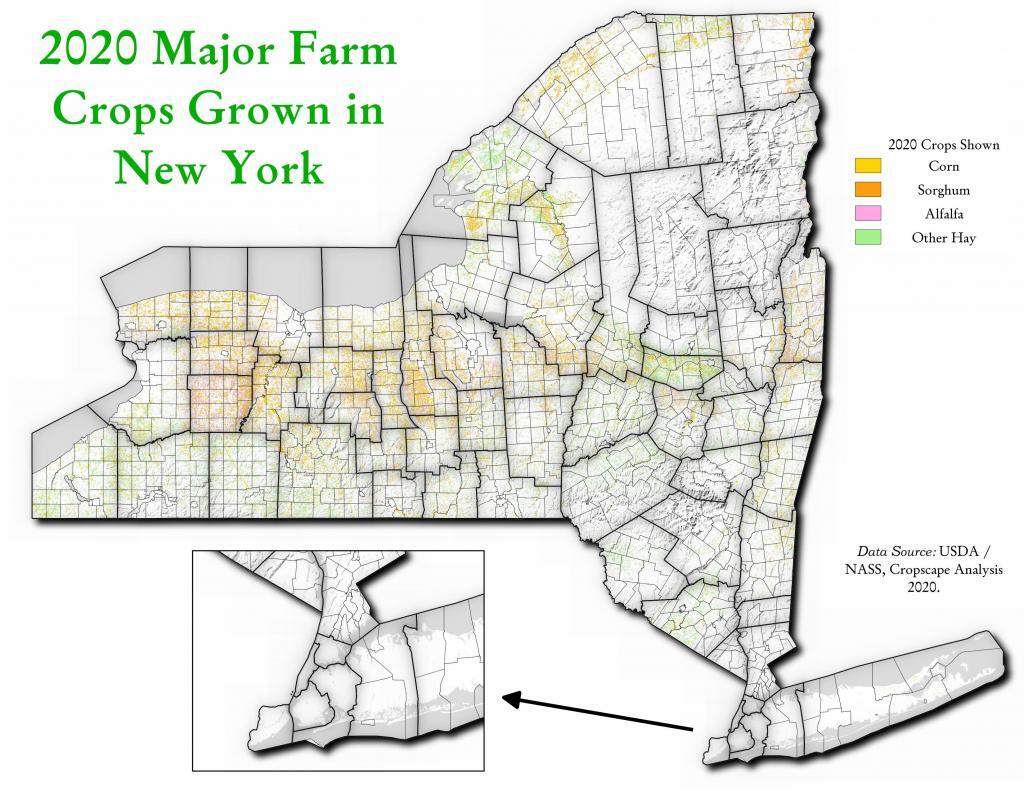Agriculture
2012 Plant Hardiness Zones in NYS
Plant Hardiness Zones 2023
How Farms Work – Dirt Work on Earth Day 2020
Earth Day is a perfect time of the year to watch people till the earth.
USDA Plant Hardiness Zone
The USDA Plant Hardiness Zone Map (PHZM) is the standard by which gardeners and growers can determine which plants are most likely to thrive at a location. The most recent revision was prepared by the PRISM Climate Group at Oregon State University, and was released by USDA in 2012. Based on the average annual minimum winter temperature over a 30-year period, the map divides the country into zones representing a spread of 10°F (zones 1-13), each subdivided into two half-zones with 5°F spreads (e.g., zone 1a and 1b).
Data Source: PRISM Climate Group. USDA Plant Hardiness Zone, New York State.
2020 Major Farm Crops Grown in New York
Been playing a lot lately with the Cropscape data lately, looking and comparing maps of crops grown in New York State. I wanted to create an interactive map here, but it's not projected in Web Meractor so it won't play nicely with my software. But you can explore the data here: https://nassgeodata.gmu.edu/CropScape/index.jsp?state=NY
